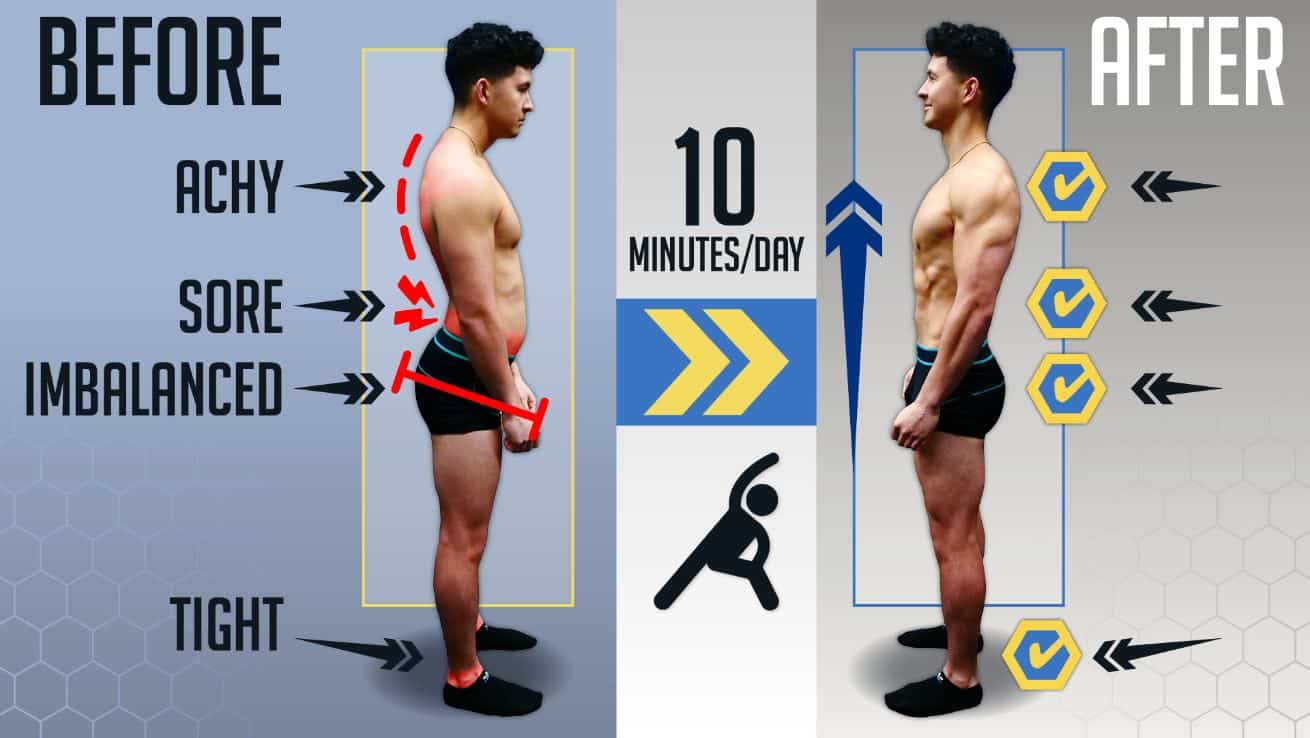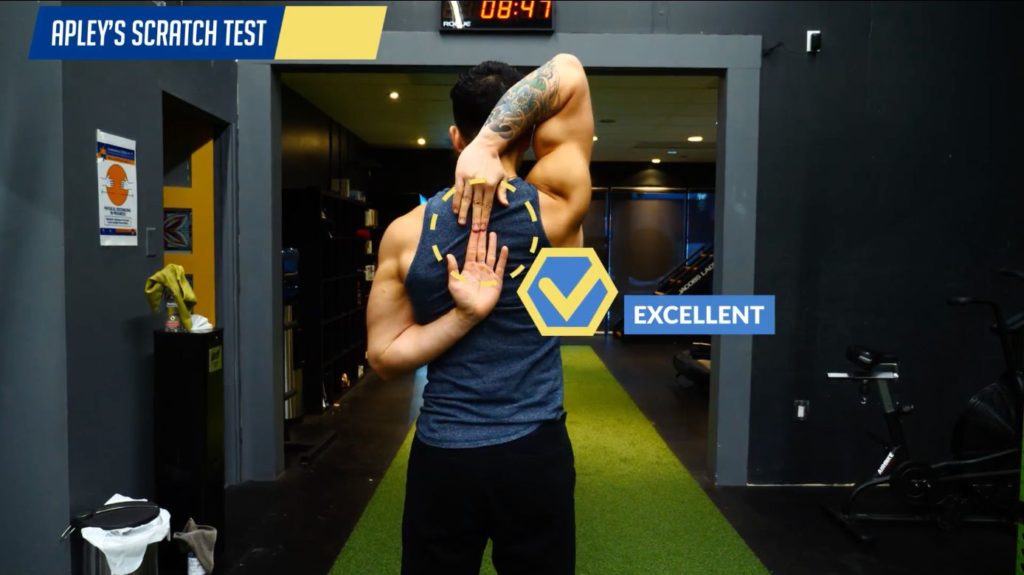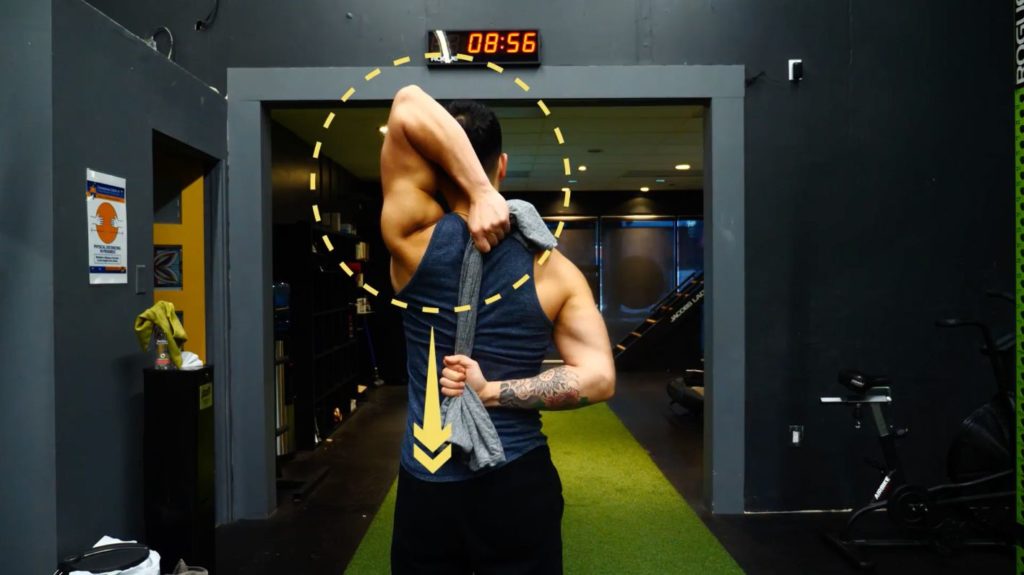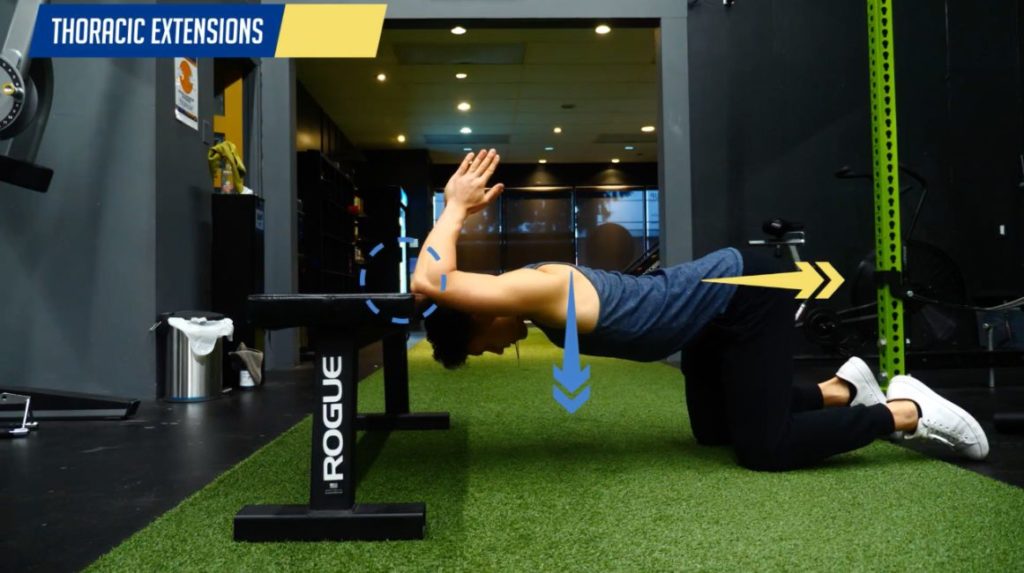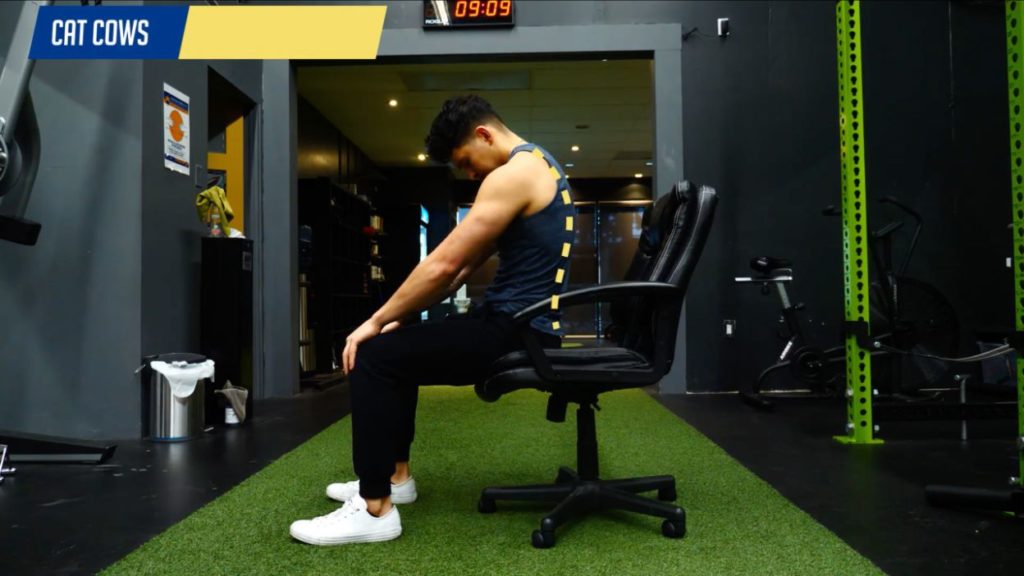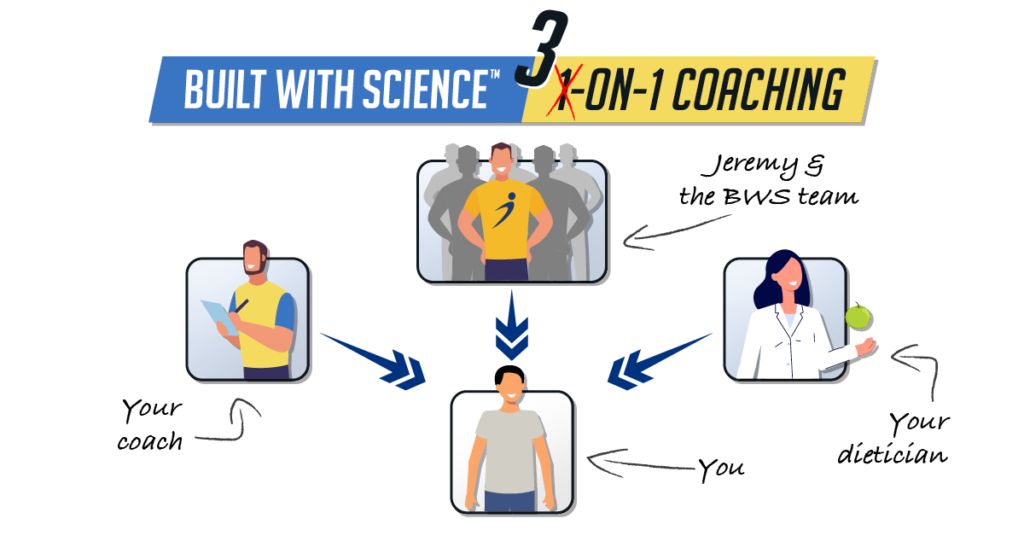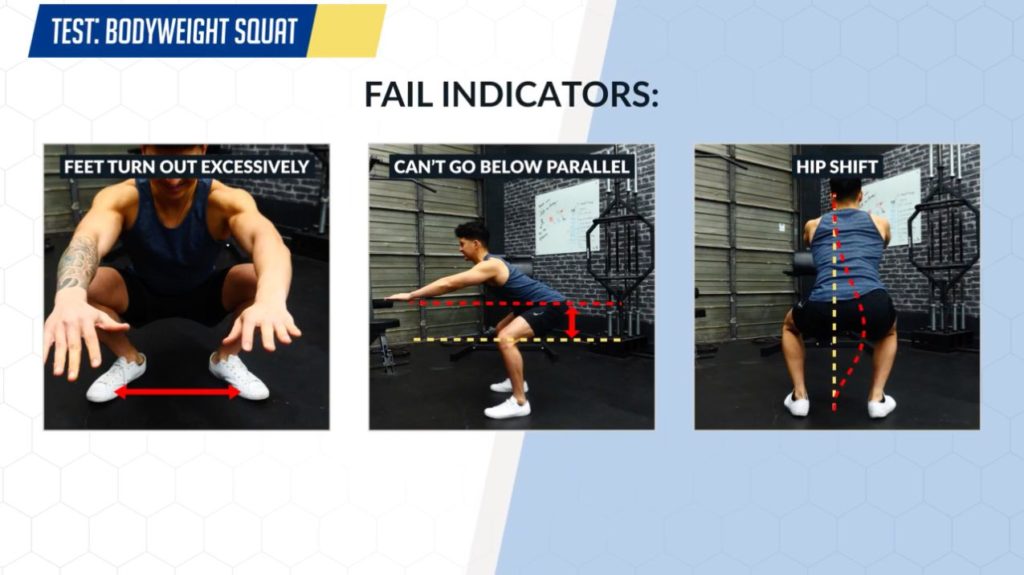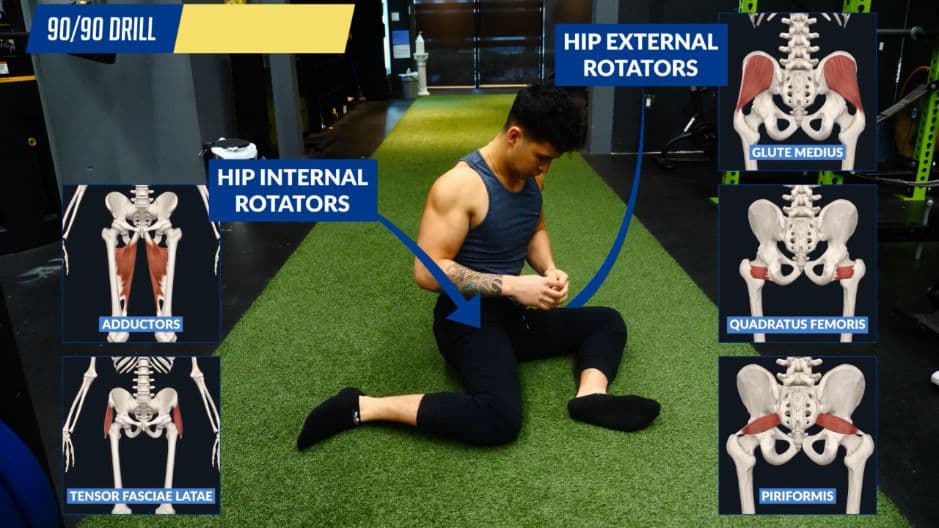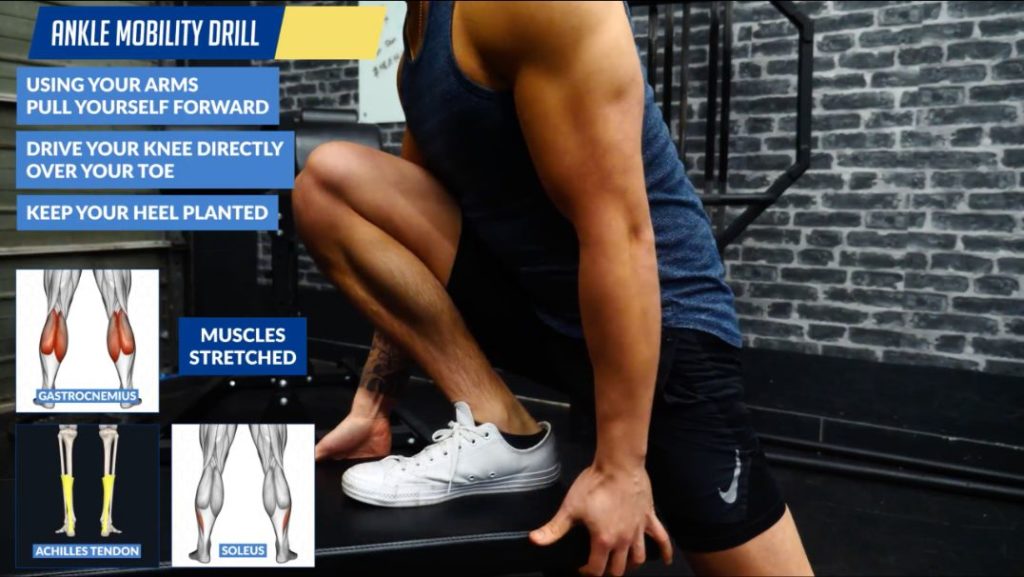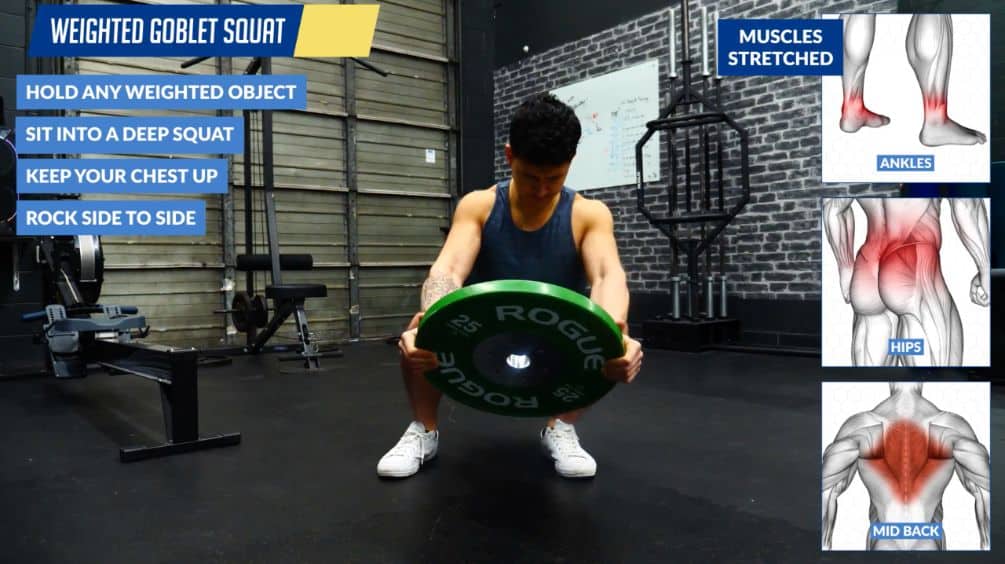The PERFECT Full Body Mobility Routine (Based On Your Body)
Is your body constantly stiff and achy in certain areas? Are you getting pains and knots here and there? Not satisfied with your posture? Then chances are, your body would benefit from more mobility.
Most people are lacking sufficient mobility in key areas due to a lack of movement. And this is made worse by the funky positions we put our bodies in throughout the day. A lack of mobility (and full range of motion) can then lead to the following issues, where your:
- Posture
- Risk of injury
- Ability to perform certain exercises AND
- Quality of life
...Are affected. This is why dedicating more time to improving your mobility can be so beneficial. And this doesn’t require a lot of time at all if you focus only on the areas that actually need work. The truth is you don't need to perform mobility exercises in areas where you actually don’t need an increase in mobility. Doing so is an utter waste of time and effort. In fact, in some instances, this can even do more harm than good.
Of course, this is something I make sure to address in every single one of my science-backed programs - designed to transform your physique in the most time-efficient manner. You won't waste any time doing unnecessary mobility drills. To find out more:
Click the button below to take my analysis quiz to discover the best program for you:
↓
Where Are The Common Problem Areas?
Now as for what these problem areas are, Physical Therapist Gray Cook and strength coach Mike Boyle shaped a concept called the “joint by joint approach”. This is based on their years of experience and research. They found that typically, there are 4 main areas where people tend to lack sufficient mobility:
- Shoulders
- Thoracic spine
- Hips
- Ankles
Therefore, what we’re going to do in this article is to focus our mobilizations on these specific areas. And within each specific area, we’ll also first determine if you truly could benefit from more mobility in that area or not. So that by the end of the article, you’ll have a personalized mobility routine based on the areas your body could use the most work.
Shoulders
The first area we’re going to cover is the shoulder joint. A lack of mobility here is nowadays quite common, especially in males. In fact, in the shoulder mobility test I’m about to show you, on average almost all male subjects, including young subjects in their 20’s, failed the test. With the failure rates just continuing to rise and worsen with age. This result was slightly better in females. But still had a similar trend as males.
And this common mobility deficit is actually a problem. Why? Well, it's because of the compensations we make in:
- The gym during our major lifts AND
- Our daily life during any reaching or overhead tasks for example
These compensations can lead to pain and discomfort down the road.
Apley's Scratch Test
So, to test for this mobility deficit, we’re going to use what’s called Apley’s scratch test. To perform it, simply reach one arm up and over your shoulder and your other arm up your back as far as possible. To pass, ideally you’ll want those fingers to touch. But aim to at least get:
- Your arm to reach the top of your shoulder blade AND
- Bottom arm to reach the bottom of your shoulder blade
If your top arm fails, then it’s likely missing adequate shoulder external rotation and abduction. If your bottom arm fails, then it’s likely missing the opposite, adequate shoulder internal rotation and adduction. So do the test on both sides and see how you do. Note down which arm has the worst mobility on each side. We’ll want to then use these results to determine which specific shoulders and positions need the most work with our mobility drill in order to correct the imbalances.
Shoulder Mobility Drill
One of the best shoulder mobility exercises is quite simple. Just grab a cloth or towel, and hold it in each hand using the test position with both hands behind your back. Then, to mobilize the top arm, perform reps of gently pulling down on the towel while actively reaching downward with your top arm. Whereas to mobilize the bottom arm, perform reps of pulling the towel up while actively reaching up with your bottom arm each rep. Do so gently. Avoid letting your shoulder round forward as you do so. You’ll want to only do the respective arms that failed. Spend more time on whichever needs more work.
T-spine
Next, we’ll move onto the mid and upper back. Or, in other words, the thoracic spine. This area often stiffens up due to excessive sitting and technology use throughout the day. And, over time, we lose the ability to extend our back out of this hunched posture.
To test if this is a problem area for you, it’s pretty simple. Just take a picture sideways in the mirror with your body relaxed. This picture may be hard to look at. But you should analyze it closely. If your mid to upper back seems to round, then that’s a good sign that it could use some mobility work.
Mobilizing The T-Spine
First, we’ll mobilize the area with thoracic extensions. Here, place your elbows on a bench or couch with your hands together. Sit your hips back into your heels as you drop your chest towards the floor. Hold for a few seconds. Then, repeat this motion for more reps. You should feel this in the mid and upper back.
We’ll then follow this up with cat cows that can either be done on the floor or conveniently done while seated like so. Perform it slowly while focusing on rounding and extending mainly that mid/upper back region.
Of course, it's worth mentioning that muscle weakness/imbalance could also contribute to your rounded posture. That means fixing your T-spine mobility, while helpful, may not correct your posture. If you require personalized coaching that'll target your imbalances - and supercharge your progress in the gym - then you may want to try out our 3-on-1 coaching program. To find out more:
Click the button below to find out more about the 3-on-1 coaching program:
↓
Hips
Next, we’ll move onto the hips that tend to get tight from sitting and driving. The hips also tend to develop various imbalances because of all the various positions we put them in throughout the day.
Hips Mobility Test
The test we’ll do here is simple. You just need to perform a bodyweight squat. If your:
- Feet turn out excessively on the way down OR
- Hips just seem to lock at a certain depth and you can’t go below parallel OR
- Hips tend to shift to one side during your squat
...Then these are potential signs that your hips could use some more mobility work. Another indicator is that your hips just feel stiff in general.
How To Perform The 90/90 Drill
If this sounds like you, then you’ll want to add what’s called the 90/90 drill to your mobility list that’s a great exercise to mobilize pretty much all of the hip muscles at once.
To perform it, bend both legs to 90 degrees. Then, while keeping your torso stacked over your hips, simply transition from one side to another by opening up your hips. You should feel the hip external rotators of the front leg being stretched and the hip internal rotators of the back leg being stretched. To deepen the stretch of the front leg, you can lean forward. You can also come up on your knees to deepen the stretch of the hip flexors in the front of your hips. Play around with it. And again, spend more time on what feels the most restricted. At first, you may need to support your body with your arms. But over time, this will improve.
Ankles
Lastly, we need to look at the ankles. This is admittedly where most of the problems stem from. When our ankles lose their ability to move, it affects the rest of the body. To determine if they’re a problem area for you, we’ll use a pretty simple test.
Ankle Mobility Test
Perform a bodyweight squat. See how deep you can go without rising up off your heels or leaning forward excessively. Repeat this again, but this time with weight plates or a book under each heel. See if your squat improves in terms of depth and form. If it does, then you’d likely benefit from adding the next ankle mobility drill to your routine.
Ankle Mobility Exercise
One of the best ankle mobility exercises is to simply find an elevated platform like a bench, couch, or even your stairs, and place one foot on top of it. Then, using your arms under your bench or couch, pull yourself forward to drive your knee directly over your toe. All while keeping your heel planted. Hold the end position for a few seconds. Then repeat for more reps before switching sides.
The Functional Exercise To Tie Everything Together
Lastly, to tie everything together, we’ll add a weighted goblet squat to the end of our mobility routine. Here you’ll want to:
- Hold any weighted object like a backpack stuffed with books or weight plate out in front of you
- Then sit into a deep squat
- Hold this position while keeping your chest up and rocking side to side to transfer the weight and stretch to one ankle at a time
This is a great way to further mobilize your ankles, hips, and mid-back in a functional position.
Mobility Routine Summary
So, what you’ll want to do is simply go through the tests for each of the 4 joints, and use that to determine what your daily mobility list will look like.
Shoulder
Towel Stretch: 5-10 reps per failed arm
T-Spine
Thoracic Extensions: 5-10 reps
Cat Cows: 6 reps each way
Hips
90/90 Drill: 5-10 reps each side
Ankles
Bench Ankle Mobilization: 5-10 reps each leg
All
Weighted Goblet Squat: 30-60 second rocking hold
Incorporating Mobility Work Into Your Routine
To then see the best results and to maintain your new found mobility with your routine, you’ll want to implement it daily or even 2-3 times a day, with about 2 sets per exercise. This should be done at a time that you’ll be most consistent with. And can even be done as a warm up before your workout to help improve your range of motion and performance in your workout. When doing so though, just avoid holding each stretch statically for prolonged periods. Doing so can provide the opposite effect and hinder performance.
But, at the same time just realize that you need to be mindful of the positions you’re in for the rest of the day. Even the most mobile of individuals will get tight if they sit down in the same position all day. So make an effort to move more, whether it be with this mobility routine or by simply getting up for a walk every now and then, as that is very likely the root cause behind your aches and tightness.
And for a step-by-step program that shows you exactly how to build muscle and lean down as efficiently as possible, without neglecting important aspects of your training like mobility and prehab, then:
Click the button below to take my analysis quiz to discover the best program for you:
↓
Anyways that’s it for today guys! I hope you all enjoyed it! Don’t forget to give me a follow and connect with me on Instagram, Facebook, and Youtube as well, in order to stay up to date with my content.






